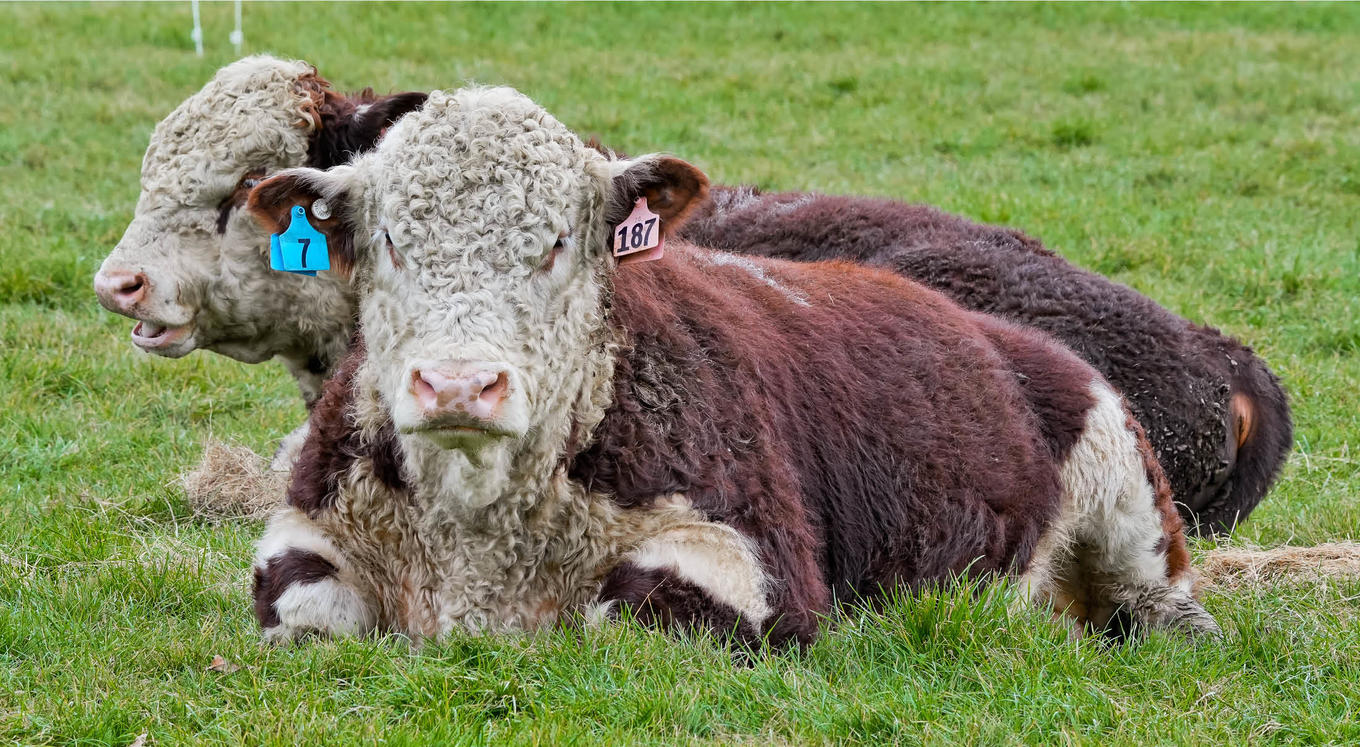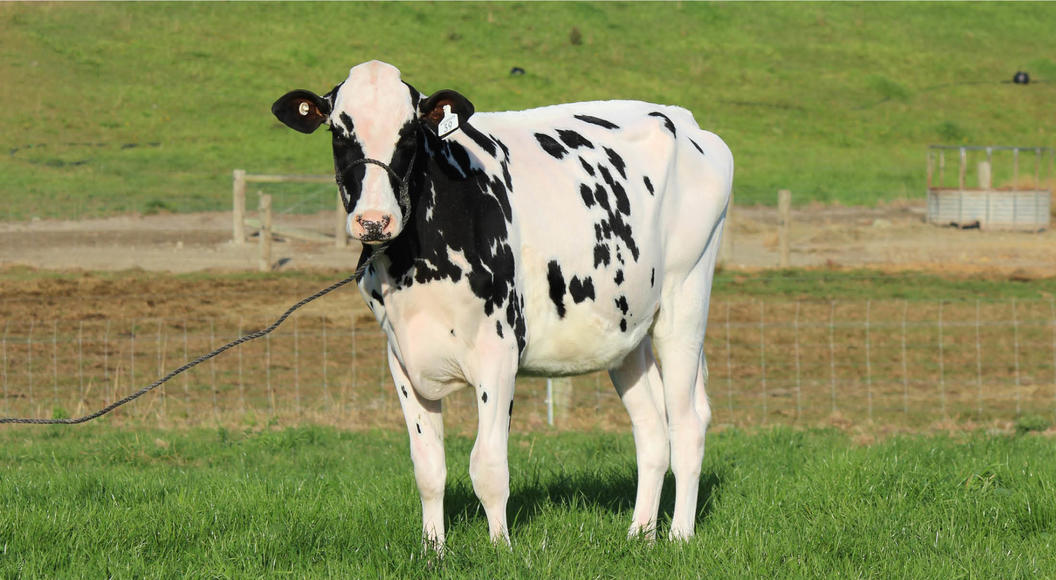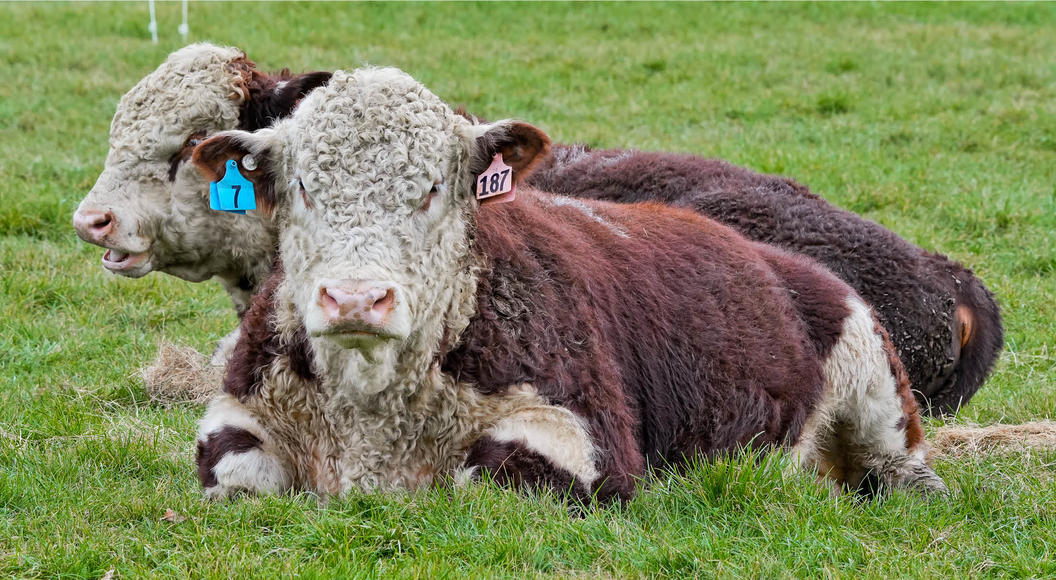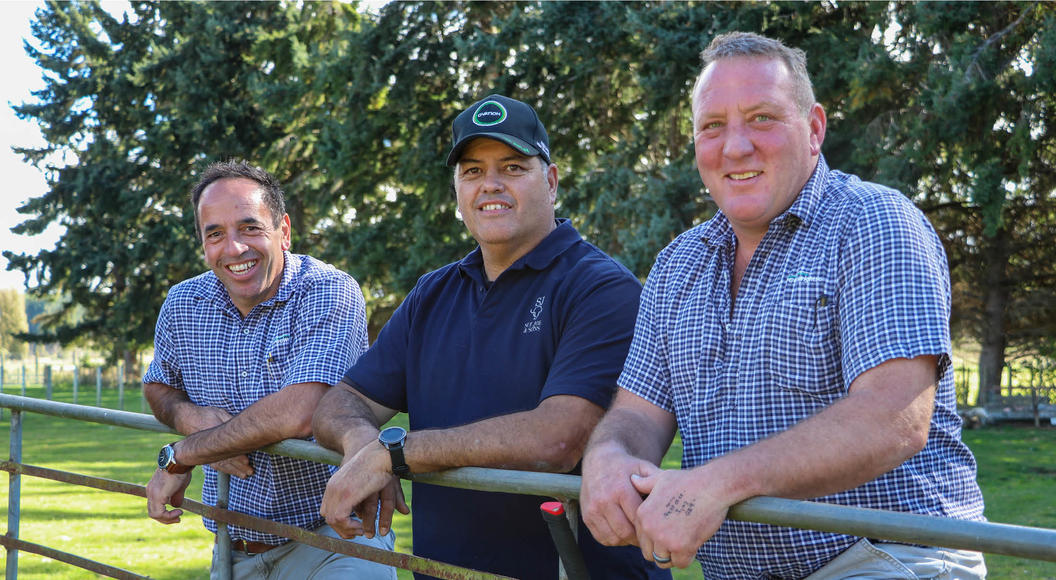
Shifting supply and demand factors will impact bull sales
Pricing should be steady, though clearances may drop
Preparations for this year’s two-year-old bull sale season, which starts in early May, are now well under way. Some 130 studs nationwide are set to put their best genetics forward at auction, private sales and paddock selections, from Whangarei Heads in the north to Bluff in the south.
Callum Stewart, PGG Wrightson Livestock National Genetics Manager is expecting the market will feel the effect of the industry’s current financial challenges.
“Almost everyone on the farm is doing it tough at present, with rising costs and static or falling returns. That means commercial cattle farmers will be cautious when buying bulls, ensuring they make every dollar work as hard as possible.
“While there will be no compromise on genetics, some are likely to reduce bull numbers, mirroring what we have seen with ram sales.
“A couple of factors are influencing demand. In today’s circumstances the temptation to keep any older bulls that remain sound and give them another year is strong. Last year the cow market constricted, mainly due to conversion of land use to forestry. This year the number of cows is stable, possibly even slightly increased. So long as they have the genetics that buyers demand, breeders who have read those signals, limiting the number of bulls they offer, should meet the market satisfactorily,” he says.
Given specific market specifications, either selling into the store market or finishing livestock, most buyers will set three to five priority genetic objectives, such as increasing profitability through carcass weight traits and performance.
Callum Stewart says good selections made at the coming sales will roll on down the generations.
“Genetics is the major influence on your herd. Progeny from a bull purchased now will be born over the next three years, slaughtered over the next four, and female progeny used for breeding over the next ten years, so selection decisions have long-term consequences and will pay you back over an extended period,” he says.
While traditional in-person sales are the main option for most, Callum reckons online purchase, particularly via New Zealand’s virtual saleyard bidr, will be more popular this year.
“With the cost of travel rising, and farmers busy focused on making everything work on the farm, some will regard going around the country to select bulls as an unnecessary luxury. For them the online option stacks up, particularly if they also engage with trusted livestock professionals to seek out the information they need to make the right purchasing decisions.”
Compared to last year, during the 2024 bull sale season supply and demand have shifted in favour of the buyer.
“Pricing should remain steady at last year’s levels. However, softer clearance rates are likely. Those offering bulls must accept that the market will talk, and that buyers are cautious.
“From the purchasers’ perspective, so long as the quality of bulls is at a high standard, increased competition among breeders is good news,” says Callum.


